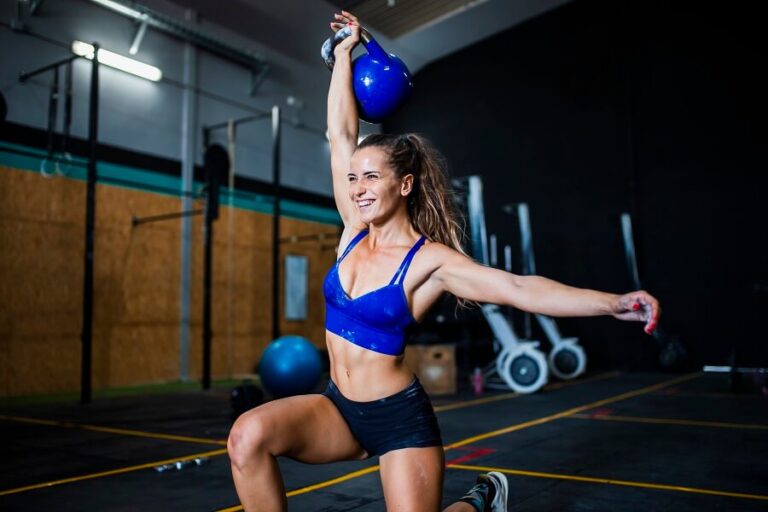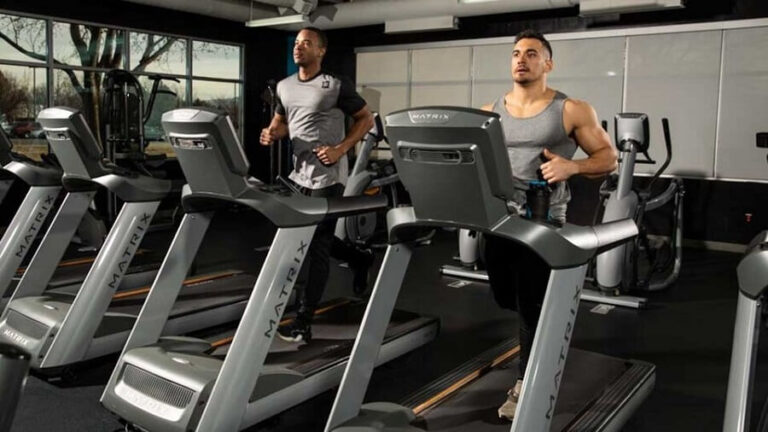The rowing machine is one of the best ways to strengthen the cardiovascular system and the muscles of the whole body.
This type of exercise burns a lot of calories and not only works the legs, as is usual in cardio, but also the upper half of the body.
However, very few use the rowing machine correctly. Rowing involves engaging your back muscles, not just pulling with arm strength.
Read on to find out the benefits or advantages of the rowing machine. What are its effects before and after using it?
Rowing Machine: What is it?
The rowing machine is a gym device that simulates rowing. Several types differ in appearance and principle of operation: hydraulic, magnetic, air, and water. The cost of the simulator depends on the complexity of the model.
Most of the time, water and magnetic rowing machines are used in high performance gyms. While folding hydraulic machines are best suited for home activities or non-professional use in gyms.
From a practical point of view, the difference lies in the smoothness of the movement when rowing; Furthermore, the advantage of massive stationary machines is their stability. Regardless of this, even a cheap hydraulic rowing machine offers similar benefits for your muscles.
RELATED:
- How to use a rowing machine?
- Types of Cardio – Which one uses the most calories?
- How to do horizontal barbell row?
What is the rowing machine for?
The main advantage of the rowing machine is the toning of the back muscles. Whereas with regular cardio like running, you usually only work your legs.
Rowing strengthens your back muscles, builds endurance, increases lung capacity, and helps relieve back pain.
The muscle groups involved in rowing are the lats, deltoids, and traps, although it also serves to work the buttocks, arms, and forearms.
Additionally, the rowing machine can be used in high-intensity interval training mode, an effective method of burning fat.
Health benefits
Like any other cardiovascular exercise, the rowing machine has a positive effect on the health of the body. People who do these activities regularly have lower blood pressure, and blood cholesterol levels are also closer to normal.
Another benefit of the rowing machine is losing weight. The weight loss figure depends on the person’s starting weight, rowing intensity, and duration. However, it is calculated that an average of 190 Kcal per hour is spent.
People who achieve a healthy weight have a lower risk of chronic diseases such as diabetes, cardiovascular diseases ( hypertension ), and osteoarthritis.
Dangers and contraindications
The rowing machine is contraindicated for untreated chronic diseases (e.g., radiculitis, osteochondrosis) and is not recommended for hernias. Also, this type of training may be prohibited if you have just had an illness or surgery.
However, if you work with the correct technique, the rowing machine has significantly fewer contraindications than jogging or other impact sports. When rowing, there is no friction on the knees and other joints.
Rowing Machine – Technique
To train correctly on the rowing machine, learning to coordinate your back with your legs is essential.
In the first phase of the movement, the body is maintained due to the strength of the leg muscles, the arms act as a connection. The back must remain straight.
The rowing movement consists of four phases: catch, push, pull, and recovery. First, you must take hold, then go with your feet, then remove the handles towards the waist with the force of your hands. Finally, return to the starting position.
A common mistake when exercising on a rowing machine is trying to pull the handle exclusively with the strength of the arms while bending the back and creating unnecessary tension on the shoulder girdle.
RELATED:
ABSTRACT
The rowing machine is a device that simulates the sport of rowing in the water. By training on it, the back muscles are worked and the legs.
The advantage of this type of machine over other types of cardio is that it is low impact, so it does not affect the joints.
As for the health benefits, it not only serves to strengthen and tone muscles but is also helpful in reducing the risk of chronic diseases such as diabetes and hypertension.







